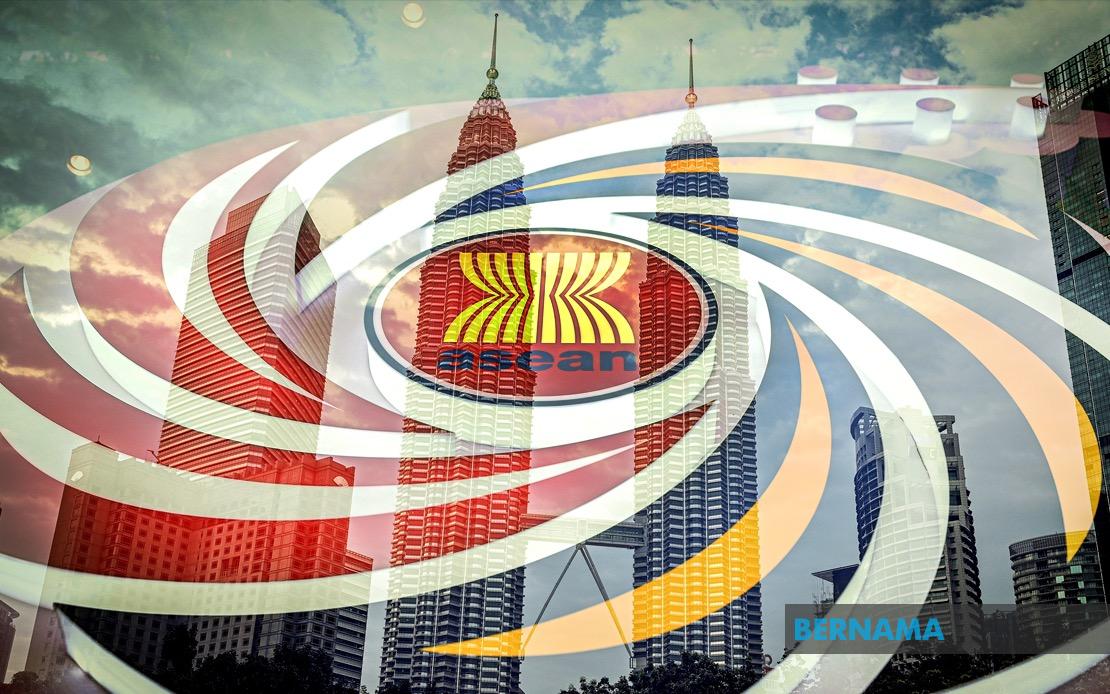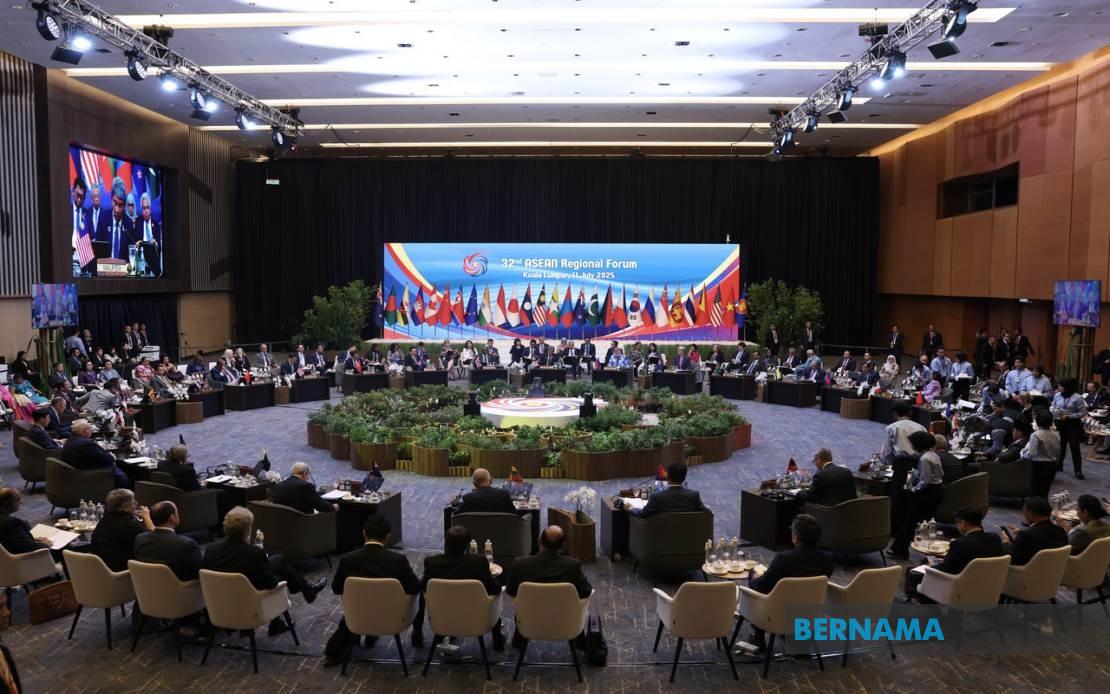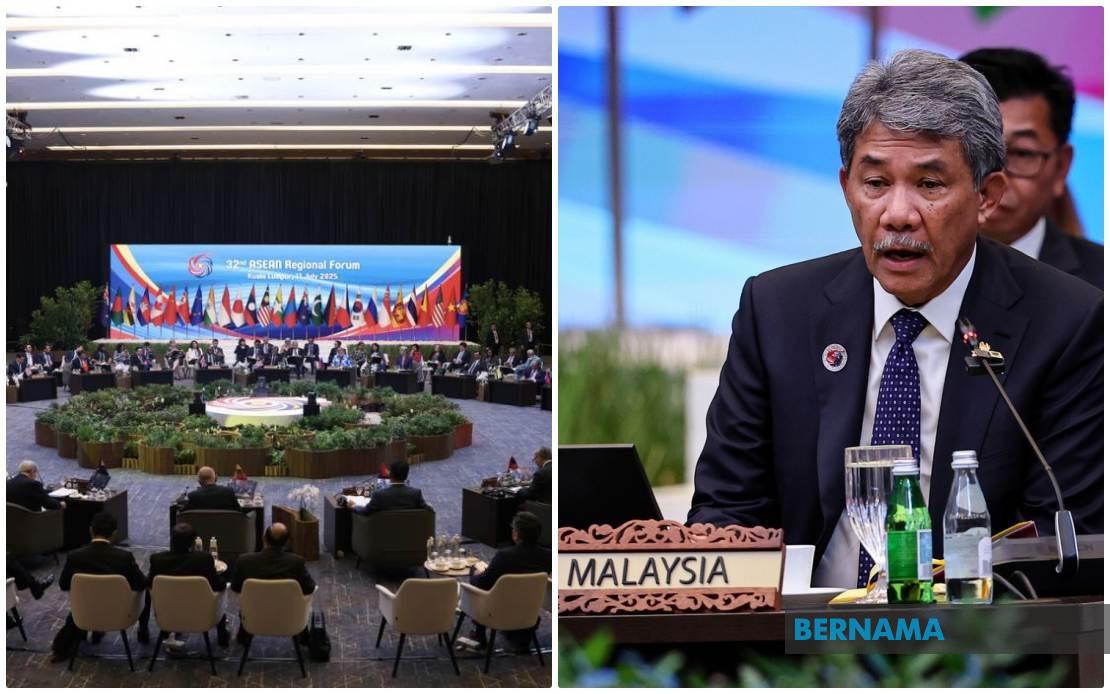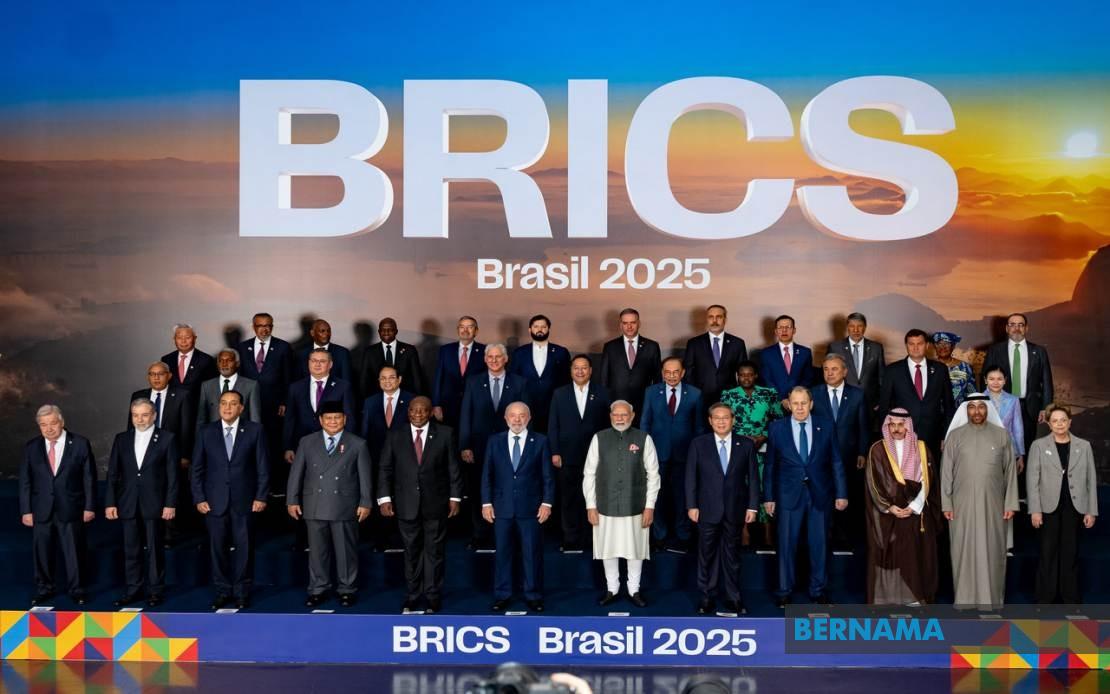US TARIFFS DOMINATE ASEAN TALKS AS LEADERS RALLY AROUND TRADE UNITY

By Nurunnasihah Ahmad Rashid and Zufazlin Baharuddin
KUALA LUMPUR, July 12 (Bernama) -- As global trade tensions continue to rise, the 58th ASEAN Foreign Ministers’ Meeting (AMM) and Related Meetings wrapped up its four days of talks in Kuala Lumpur on Friday, July 11, with the United States’ (US) sweeping tariff hikes becoming a major talking point among regional leaders.
The gathering, which convened foreign ministers, dialogue and sectoral partners and regional leaders under Malaysia’s 2025 ASEAN Chairmanship, became a forum to recalibrate ASEAN’s economic diplomacy amid shifting global trade realities.
Just the day before the annual meeting kicked off on July 8, US President Donald Trump continued to shake the world with new tariffs ranging from 25 per cent to 40 per cent on 14 countries, including ASEAN economies.
Trump also issued an executive order to extend the suspension of “reciprocal tariffs” until August 1.
Among ASEAN countries, several received lower tariffs than initially announced on April 2 -- Vietnam’s rate was reduced to 20 per cent from 46 per cent; Cambodia’s rate dropped to 36 per cent from 49 per cent; Laos saw a decrease to 40 per cent from 48 per cent; and Myanmar’s rate was revised down to 40 per cent from 44 per cent.
Meanwhile, the US decided to maintain Indonesia and Thailand’s tariff rates at 32 per cent and 36 per cent, respectively.
However, the US has not yet announced final tariff decisions for the Philippines (17 per cent), Singapore (10 per cent), and Brunei (24 per cent).
While Malaysia, once again being caught in the crosshairs of major power rivalry, was hit with a 25 per cent tariff effective August 1, a revision of one per cent upward from 24 per cent in April 2025.
Despite this, Malaysia’s Prime Minister, Datuk Seri Anwar Ibrahim, who officiated the annual AMM, struck a pragmatic tone.
“Rubio stated that the letter was general, but Malaysia still has about one month to negotiate. He also acknowledged that Malaysia is a major trading partner of the US in this region, and will consider and present our views,” Anwar said after meeting with the US Secretary of State Marco Rubio in Parliament.
Anwar’s emphasis on maintaining Malaysia’s neutral and independent foreign policy was equally clear by saying: “No. While the US is an important trading partner, we will also strengthen our ties with China, ASEAN countries, and others to safeguard our people’s interests and the nation’s well-being”.
For ASEAN, the message was similar but more strategic as ASEAN secretary-general Kao Kim Hourn revealed that a joint meeting between ASEAN foreign and economic ministers is planned ahead of the 47th ASEAN Summit in October to address the region’s response to mounting global economic headwinds.
He emphasised that ASEAN has not deviated from its long-standing commitment to a free, open and rules-based multilateral trading system, anchored in the World Trade Organisation (WTO).
“ASEAN continues to pursue constructive engagement and negotiation with the United States,” Kao said, adding that while the US is an important partner, ASEAN is also expanding its trade diversification strategy, including through free trade agreements (FTAs) with China, Japan, Korea, India, Australia, and New Zealand.
Malaysia’s Foreign Minister Datuk Seri Mohamad Hasan echoed these sentiments, underscoring the importance of economic coordination within ASEAN itself.
“Before the summit of heads of state and government, the foreign ministers and ministers of economy and trade will convene in a single forum,” Mohamad said, adding that the goal is to arrive at a comprehensive action plan to boost intra-ASEAN trade and investment.
He also cautioned that ASEAN could no longer afford bureaucratic inertia in the face of global volatility.
“We need to be more efficient, as the world has changed dramatically. We cannot afford to wait for others. The best approach now is through collective ASEAN action,” he stressed.
Indeed, ASEAN’s economic outlook remains robust despite external shocks. Total intra-ASEAN trade reached US$800 billion (US$1=RM4.24) in 2024, and the region’s total trade stood at US$3.8 trillion.
ASEAN is also making progress in economic integration, with the legal scrubbing underway for the upgraded ASEAN-China Free Trade Area (ACFTA 3.0), and negotiations are accelerating for the ASEAN Digital Economy Framework Agreement.
Kao confirmed that most legal work on the ACFTA 3.0 has been completed, with a signing expected in October.
“We are progressing under the Regional Comprehensive Economic Partnership (RCEP), which remains a key framework for regional trade,” he added.
This blend of resilience and reform is vital and, as Kao noted, ASEAN is also eliminating non-tariff barriers and has established a Geoeconomic Strategy Task Force to align responses to external pressures.
These pressures include both immediate disruptions, such as tariffs, and long-term transitions in the global economic order.
The 58th AMM demonstrated that while ASEAN cannot control the decisions of global powers, the bloc can and must control its collective economic destiny.
With Malaysia’s chairmanship setting the tone for “Inclusivity and Sustainability,” the region has begun to reassert its voice, not just as a partner to others, but as a bloc that charts its own course with coherence, purpose and agenda.
As Anwar rightly said, “We are a region that charts its course, deliberately, coherently and with purpose. ASEAN will not be spoken for in absentia”.
-- BERNAMA



